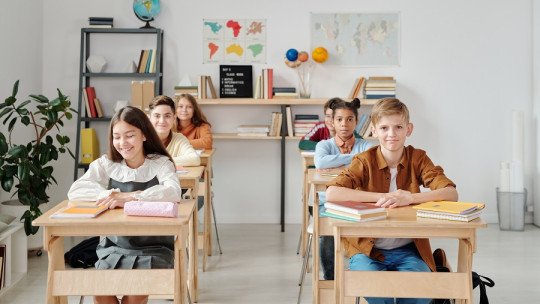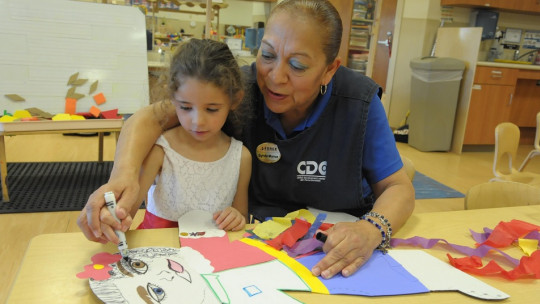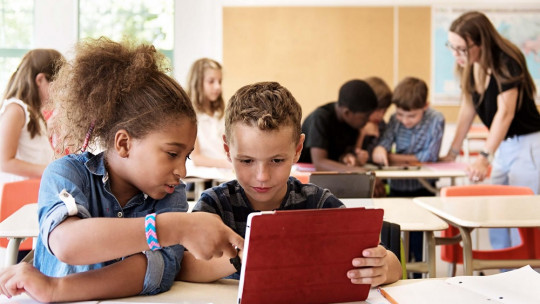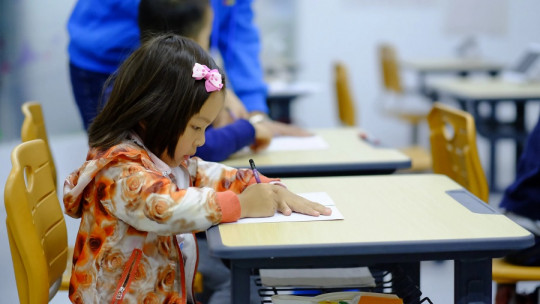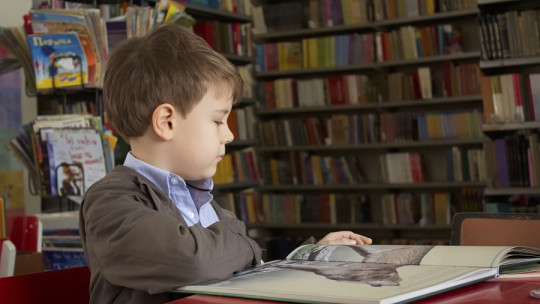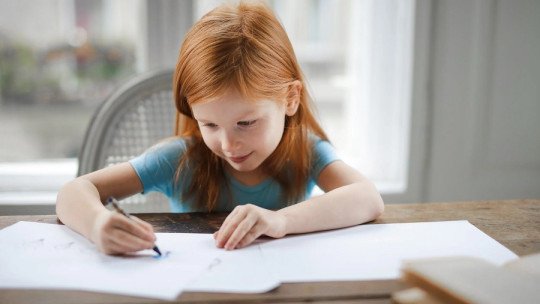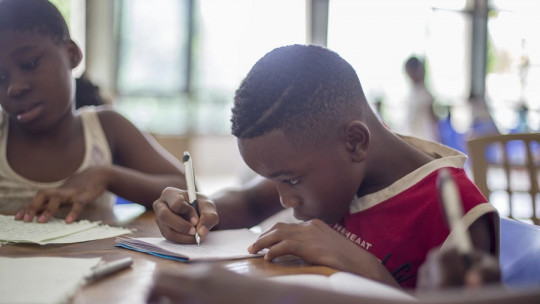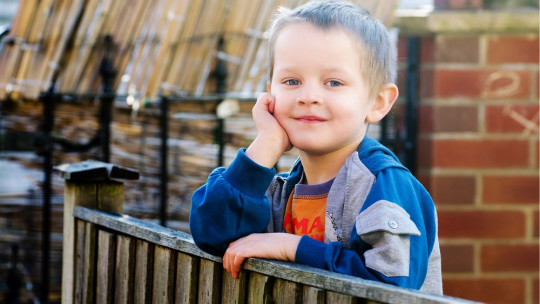
The New School was born in Europe, in the 20th century, as a criticism of the Authoritarian School traditional, which is still valid today, despite the continuous changes and educational reforms. It criticizes the traditional way of school, where the student is a passive being, who only receives information and non-creative repetitive reinforcements.
What the New School aims to do is focus on the child’s interest and develop his or her abilities, making the student an active being in their learning. It is about “learning by doing.” That the child has a direct experience, which stimulates his thinking and possesses the information through observations, obtaining solutions to said problem and putting them into practice. Therefore, it promotes active, cooperative, participatory and personalized learning, focused on the learner, through dialogue and participation.
New School teaching methodology
It is a free and active teaching in which the teacher takes into account the point of view that the student has. The teacher limits himself to correcting errors and giving feedback to his students, letting them be the ones to ask the questions. The limitation of learning in a single classroom or schedules, where the student has to sit and remain silent, is also eliminated. The child can, and should, move around the entire environment around them, exploring different places. And involves their parents and environment (outside of school) in learning.
The power-submission dynamic of teachers is eliminated making the tutor a figure of affection and help. Leaving all the power of self-government in the children, making them understand that they need to develop a series of rules to improve their learning and development.
Learning styles
Currently, we know that people do not have a single way of learning, but rather, each person learns differently. Today, there are seven different learning styles known, and the style that works for us is not necessarily good for another person. The types of learning are the following:
1. Visual learning
They learn through drawings, images. They have a more spatial vision. Colors and photographs help you learn better and visualize objects more easily. They usually use phrases like: “I can imagine it.”
2. Auditory learning
They prefer to use sounds, rhythms or music to learn. They are people who are usually good at singing or playing an instrument. They usually set a rhythm when memorizing, so that a particular sound helps you memorize. They usually use phrases like: “That sounds good.”
3. Individual learning (intrapersonal)
They prefer to learn things alone or by themselves. They focus their objectives on topics that are of interest to them. He usually thinks about how he would act to understand something. They trust their intention and self-analysis They often use phrases like: “I need time to think.”
4. Social (interpersonal) learning
They are people who like to work as a team. Share your conclusions with others. Perform listening behaviors that help them understand how to deal with others You are sensitive to the motivations, feelings and moods of other people. They often use phrases like: “Two heads are better than one.”
5. Verbal or linguistic learning
An attempt is made to involve writing and it is oral learning. Normally speaking is recorded and then listened to, or read aloud. He plays with the sound of words using tongue twisters, rhymes, poems… He likes to look up the meaning of new terms and talk about them with others. They usually use phrases like: “In other words…”
6. Physical or kinesthetic learning
They usually use their body, hands or touch to learn. They focus on the physical sensations of the situation. They use physical objects for their learning They like sports and exercise. They prefer to think while walking or running. And they often use phrases like: “Let’s get to work.”
7. Logical-mathematical learning
To learn they usually use logic, reasoning and systems It is about understanding everything in contextualized reasoning. Schemes are usually created. They enjoy numbers or shapes. They usually use phrases like: “That’s logical.”
In Traditional School, only logical-mathematical learning is reinforced, leaving aside all those students who have another way of learning and preventing them from improving their education, leading to student frustration. On the other hand, in Escuela Nueva, it allows students to improve their learning autonomously and by motivating the student to learn from their own way of learning.
Definitely….
At the New School The aim is for the student to learn to learn, to create, to undertake, to take initiative, to think critically, lead processes and work as a team. Something that, today, is required for the vast majority of jobs, but is not taught in Traditional School.
Furthermore, the New School allows the student to get the most out of themselves and choose their best way to learn, focusing on all the learning needs of each student. This allows the child to never lose interest in her education and eliminates the frustration of not progressing. This school allows the child to be in continuous learning, both inside and outside the classroom, allowing parents to actively participate in their children’s education.

